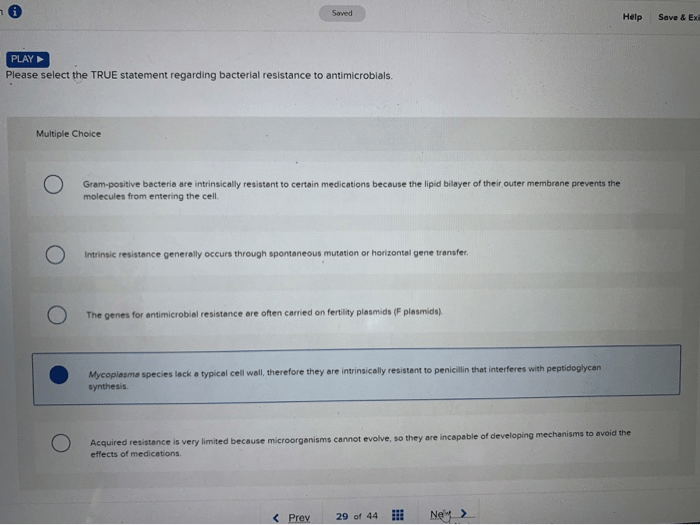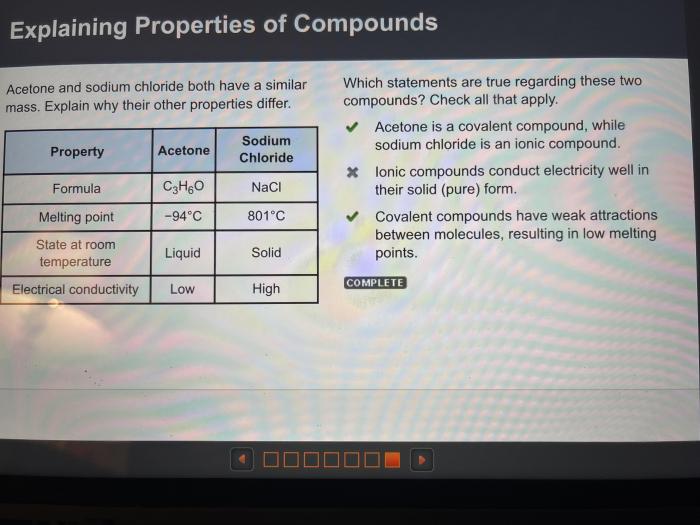Select the true statement regarding the PSTN architecture. The Public Switched Telephone Network (PSTN) is a global network of interconnected telecommunications networks that allows for the transmission of voice, data, and video communications. It is a complex system that has evolved over time to meet the changing needs of users.
The PSTN architecture consists of a variety of components, including switching centers, transmission lines, and subscriber devices. Switching centers are responsible for routing calls between different parts of the network. Transmission lines carry the signals between switching centers and subscriber devices.
Subscriber devices are the devices that users connect to the PSTN, such as telephones, computers, and fax machines.
Public Switched Telephone Network (PSTN) Overview

The Public Switched Telephone Network (PSTN) is a global network of interconnected telephone lines and switching centers that enable voice communication between users. It is a circuit-switched network, meaning that a dedicated physical path is established between the calling and receiving parties for the duration of the call.
The PSTN was developed in the late 19th century and has since undergone significant evolution, from the early manual switchboards to the modern digital networks of today. It remains the backbone of global telecommunications, providing a reliable and ubiquitous platform for voice communication.
PSTN Architecture Components
The PSTN architecture consists of several key components, including:
- Subscriber devices:These are the devices used by end users to access the PSTN, such as landlines, mobile phones, and VoIP devices.
- Switching centers:These are the central points of the PSTN that connect subscriber devices and route calls between them. They use a variety of switching technologies, such as circuit switching and packet switching.
- Transmission lines:These are the physical connections that carry voice signals between subscriber devices and switching centers. They can be made of copper wire, fiber optic cables, or wireless technologies.
PSTN Signaling and Protocols
The PSTN uses a variety of signaling protocols to facilitate communication between devices and control the routing of calls. These protocols include:
- SS7 (Signaling System 7):This is the primary signaling protocol used in the PSTN. It is a common channel signaling system that uses dedicated signaling links to exchange control information between switching centers.
- ISDN (Integrated Services Digital Network):This is a digital signaling protocol that allows the PSTN to carry both voice and data traffic. It uses a variety of access protocols, such as BRI (Basic Rate Interface) and PRI (Primary Rate Interface).
PSTN Network Topology
The PSTN can be implemented using various network topologies, including:
- Star topology:In this topology, all subscriber devices are connected to a central switching center. This is the most common topology used in the PSTN.
- Bus topology:In this topology, all subscriber devices are connected to a single transmission line. This topology is less common in the PSTN but is sometimes used in local area networks (LANs).
- Ring topology:In this topology, subscriber devices are connected in a ring, with each device connected to two other devices. This topology is also less common in the PSTN but can provide high reliability.
PSTN Services and Applications, Select the true statement regarding the pstn architecture.
The PSTN provides a range of services and applications, including:
- Voice communication:This is the primary service offered by the PSTN, allowing users to make and receive voice calls.
- Data transmission:The PSTN can also be used to transmit data, such as email and file transfers. This is typically done using modems or other data communication devices.
- Video communication:The PSTN can be used to transmit video signals, such as for video conferencing and telemedicine. This is typically done using video codecs and dedicated video transmission lines.
PSTN Evolution and Future Trends
The PSTN is constantly evolving to meet the changing needs of users. In recent years, there has been a significant shift towards IP-based networks, which offer greater flexibility and scalability. This trend is expected to continue in the future, with the PSTN evolving into an all-IP network.
Other emerging technologies and trends that are shaping the future of the PSTN include:
- Voice over IP (VoIP):This technology allows voice calls to be transmitted over IP networks, such as the Internet. VoIP is becoming increasingly popular due to its lower cost and greater flexibility.
- Software-defined networking (SDN):This technology allows the PSTN to be managed and controlled using software, which provides greater flexibility and agility.
- Network function virtualization (NFV):This technology allows PSTN functions to be virtualized and run on commodity hardware, which reduces costs and improves scalability.
Essential Questionnaire: Select The True Statement Regarding The Pstn Architecture.
What is the PSTN?
The PSTN is a global network of interconnected telecommunications networks that allows for the transmission of voice, data, and video communications.
What are the key components of the PSTN architecture?
The key components of the PSTN architecture include switching centers, transmission lines, and subscriber devices.
How does the PSTN work?
The PSTN works by routing calls between different parts of the network using switching centers. Transmission lines carry the signals between switching centers and subscriber devices.


